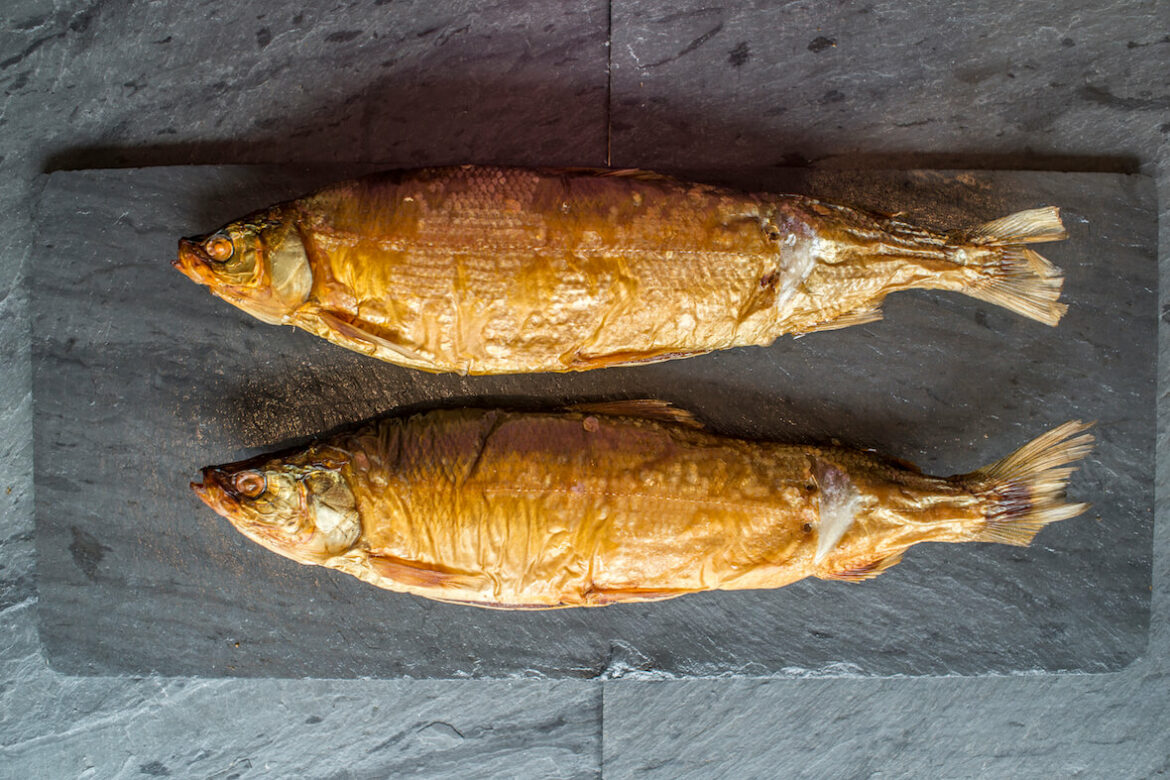
’Tis the season for family and feasting, but in a borough full of so many rich cultural and culinary traditions, it’s difficult to sample them all when you’re spending time with your own loved ones. But never fear: Fish and fresh seafood are everywhere. That’s why we spoke with three local chefs who are blending holiday traditions with year-round celebrations, and discussed what it is about fish that resonates across the globe.
Known for their red sauce, a homemade marinara made in the restaurant’s basement kitchen, Michael’s of Brooklyn is also beloved among generations of Italian-American families for their traditional recipes featuring fresh seafood, chicken, veal and pasta. They’re so popular and trusted that the 63-year-old Midwood restaurant is even open on holidays. Reservations for this year’s Christmas Eve dinner sold out before autumn even got under way.
Those lucky enough to have secured their seats dine on Michael’s version of Italians’ famed “Feast of the Seven Fishes,” a meal that can actually serve any number of fish, not just seven. “There is lobster tail, shrimp, scallops, calamari, clams, mussels and pulpo, all in a fra diavolo sauce over linguini,” said third-generation owner Michael Cacace of the platter, which is a supersize version of their Fisherman’s Platter, available on their regular menu with only five types of fish.
At home, Cacace always prepares fried baccalà (dried salted cod) usually as a salad, cold with celery, olives, red cabbage leaves, extra virgin olive oil, mint, salt and pepper, and lemon. “But old-school families eat capitone (eel) usually affogato style, stewed with wine and basil,” he said. For dessert, it’s struffoli fried dough balls in honey, “and always panettone,” a holiday sweet bread.
When Yom Kippur rolls around every fall, the Shelsky’s of Brooklyn storefront on Court Street in Carroll Gardens is always hopping because, as owner Peter Shelsky puts it, “fish is huge” for the Jewish new year. “Nova, lox, pickled herring, whitefish salad” — these all fly out of the chilled deli cases at this time of year, even more so than usual because “these are things that Ashkenazi Jews eat to break the fast.”
Shelsky grew up on this, seeing his grandmother prepare the fish on the Lower East Side. The fish he misses most from his childhood? “Chubs,” a freshwater carp, he said without hesitation. “But they’re not around anymore. Now it’s cisco.” Both, which are tasty smoked, come from Michigan’s Great Lakes area.
Different holidays call for different fishes, too: “Christmas is wildly busy for Jews and non-Jews, with higher-end sturgeon, caviar, and wild salmon,” Shelsky added. For his own table, though, it’s all about the cold-smoked nova, sable, whitefish salad, kippered salmon hot smoked over wood and pickled herring with cream sauce.
“What we sell here is nostalgia,” he explained. “The smell is what reminds every Jewish New Yorker of childhood. It’s the immigrant story — because you’re poor, everything is made to last longer: smoked, cured and smoked. This food, which lots of people call Jewish food, has become New York food.”
In both Chinese and Vietnamese cultures, a whole steamed fish with scallions and ginger is a must on the dinner table for any celebration. “Fish represents abundance, extra — it is similar to the word in Chinese for abundance,” explained Lien Lin, who owns and runs Bricolage, an almost three-year-old Vietnamese gastropub in Park Slope, along with her husband, fellow chef Edward Lin. “It’s always been a symbol. Growing up, my dad had a fish tank, and there had to be a certain number of koi and one black fish.”
“I’m the first generation here in America, so my parents are super old-school and the whole fish is very traditional,” she added, noting that at their restaurant, they keep to the tradition of fresh, seasonal fish, whether in their Cha Ca La Vong seared cod, famous in Hanoi, Vietnam, or their stuffed whole grilled fish with basil, ginger and herbs.
Fresh is a lesson that transcends generations, as Ed explained. “When we visit her parents or grandparents, we always bring a fish. If you can get it alive, even better.” Whether it’s catfish, bass or another type, you’d pick it at the market, where the worker would “grab it, whack it, clean it, and you take it home,” he said. “You learn early on that’s the way it has to be. Frozen fish steaks weren’t even a thing. And you don’t even do much to it. You let the fish sing.”



